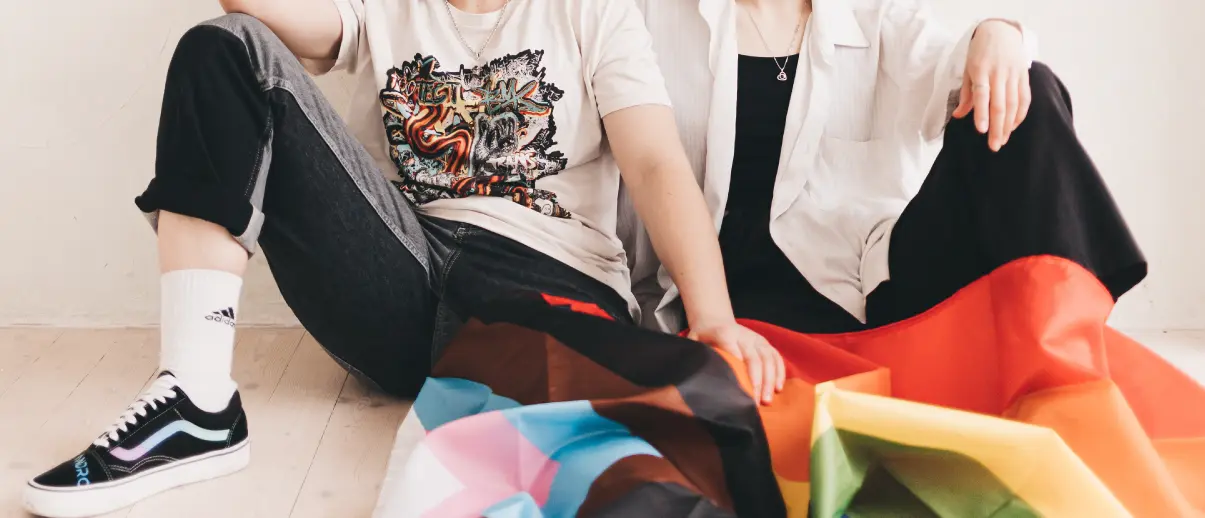Recent Articles
Do Your True Colors Come Out in the Rainbow Wash?
By Richard Band
It’s June again, which on many marketing calendars means “we have to do some kind of Pride thing.” This has typically been a hit and miss experience for many in the LGBTQ+ community. On the one hand, honoring and celebrating the community is important and appreciated. On the other, actions can be seen as ham-fisted or performative. At Egg, we’re passionate about understanding the most authentic way to connect with different audiences and our clients trust us to dig into this, even if it means confronting uncomfortable truths about their Pride-related marketing campaigns. In a recent Egg study with LGBTQ+ respondents we heard how wary and weary the community has become with Pride based marketing:
[marketing in June]…smells like corporate inclusion and that’s usually what comes around Pride unfortunately. I don’t know why Pride got shifted into consumerism like it has, because there are so many other things that could be talked about [at that time]. Oh well…we’re an ally until July 1st and then, forget about it.
This speaks to one of our biggest learnings around inclusion of any kind – it can’t be a flavor of the month strategy. That applies equally to Black History Month in February or Pride in June. Not only do these communities deserve attention and support 24/7/365, they’re also a savvy audience who can quickly spot inauthentic or inconsistent outreach.
Instead of just a one-off rainbow box of cookies or Pride packaging just for June, we’ve identified a series of steps brands can take to create a more genuine connection with the LGBTQ+ community.
- Empathetic Representation – an important first step for a brand to take. Even in 2022, the idea of showing LGBTQ+ families in ads can create a storm of attention that make some brands risk-averse. Brands that focus on relatable, authentic stories to demonstrate their understanding of the community are winning here. Examples of brands in recent years that have shown exactly the right kind of empathy:
- Thoughtful Support – promoting an initiative or cause that has meaning in the LGBTQ+ community (like the Stonewall Gives Back Initiative, the Trevor Project or PFLAG) and committing financial support and marketing recognition to it can also bolster a relationship with the community. Apple, Adidas and Bubly have all been regular supporters of these worthy causes. When brands “put their money where their mouth is” it helps to create greater engagement with the community as it shows a real, impactful signal of support.
- Committed Allyship – this is where brands can demonstrate support for the community throughout the year and over time with initiatives that go beyond just Pride month and a one-off campaign that only airs during June. This level of connection and engagement shows that the community always matters, not just when the eyes of the world are on it. This kind of commitment says “we’ll take a stand even if it means taking a share hit in more conservative parts of the country.” Great examples of brands supporting the community year-round are MAC Cosmetics’ Viva Glam program which has raised over $500MM for the community since 1984 and Target with their collabs with TomboyX, Humankind and their 10-year-long support of GLSEN.
And yes, as a final note, we realize that by even writing this piece, we are playing into the annual Pride hoopla, which is why we’ll be following up later in the year with additional insights and commentary about the importance of brands connecting with the LGBTQ+ community.
